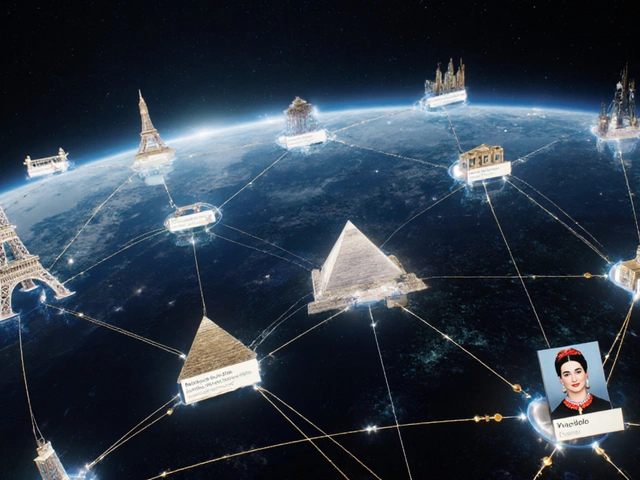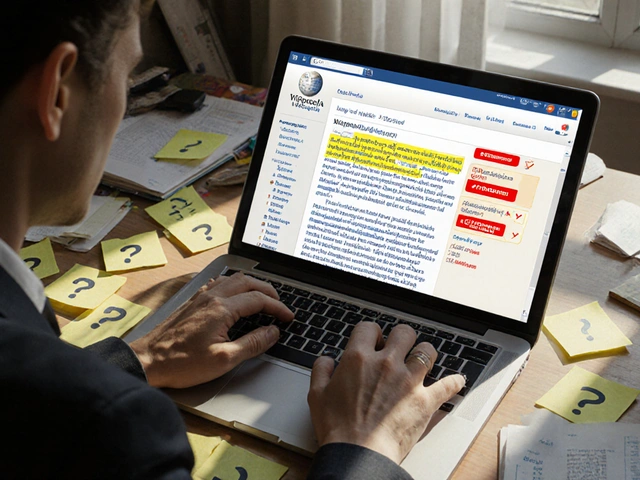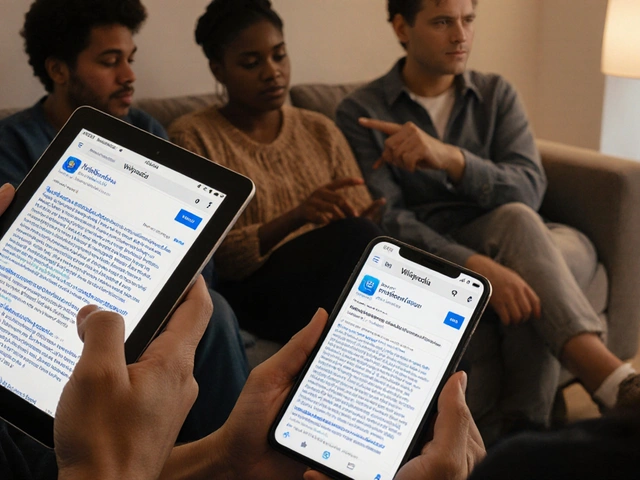Wikipedia content guidelines: Rules that keep the encyclopedia reliable
When you edit or read a Wikipedia article, you’re interacting with a system built on Wikipedia content guidelines, a set of community-driven rules that determine what information stays, how it’s sourced, and how disputes are settled. Also known as Wikipedia policies and guidelines, these aren’t laws written by a board—they’re the living agreements of hundreds of thousands of volunteers who show up every day to make sure truth wins over noise. This system works because it’s not about opinion. It’s about reliable sources, third-party publications like academic journals, books, and major news outlets that have editorial oversight. If a claim can’t be backed by one of these, it doesn’t belong on Wikipedia—even if it’s true, popular, or feels obvious.
That’s where due weight, the rule that says articles must reflect the real balance of evidence from reliable sources, not just how loud or passionate people are comes in. You won’t see equal space given to fringe theories just because someone shouted them loudly online. And you won’t see primary sources like personal blogs or unpublished data used as proof—only secondary sources, analyses and summaries written by experts who’ve reviewed the original material are trusted. These aren’t arbitrary preferences. They’re the reason Wikipedia stays more accurate than most AI-generated encyclopedias, even when those systems answer faster.
Behind every article you trust is a quiet system of checks: editors flagging biased language, copy editors fixing grammar and structure, and volunteers using watchlists to catch vandalism before it spreads. These aren’t just technical rules—they’re ethical ones. The CC BY-SA license, the open copyright rule that lets anyone reuse Wikipedia content as long as they credit it and share changes freely means your edits can be used anywhere, from classrooms to AI training sets. That’s powerful. But it also means every edit carries responsibility. A single unverified sentence can ripple across the web.
What you’ll find below isn’t a list of dry rules. It’s a window into how real people—journalists, librarians, students, and retirees—use these guidelines to fight misinformation, fix bias, and protect knowledge from being erased by copyright claims or AI noise. You’ll see how editors handle harassment that spills off-site, how they decide which disasters make the news section, and how they rebuild coverage of Indigenous communities after decades of neglect. This isn’t about perfection. It’s about persistence. And if you’ve ever wondered why Wikipedia still works when so many other platforms failed, the answer is right here—in the quiet, stubborn commitment to these guidelines.
How Wikipedia Maintains Neutral Coverage of Religion and Belief Topics
Wikipedia maintains neutral coverage of religion by relying on reliable sources, avoiding personal bias, and representing all beliefs fairly. Learn how it handles controversy, small faiths, and conflicting claims without taking sides.







